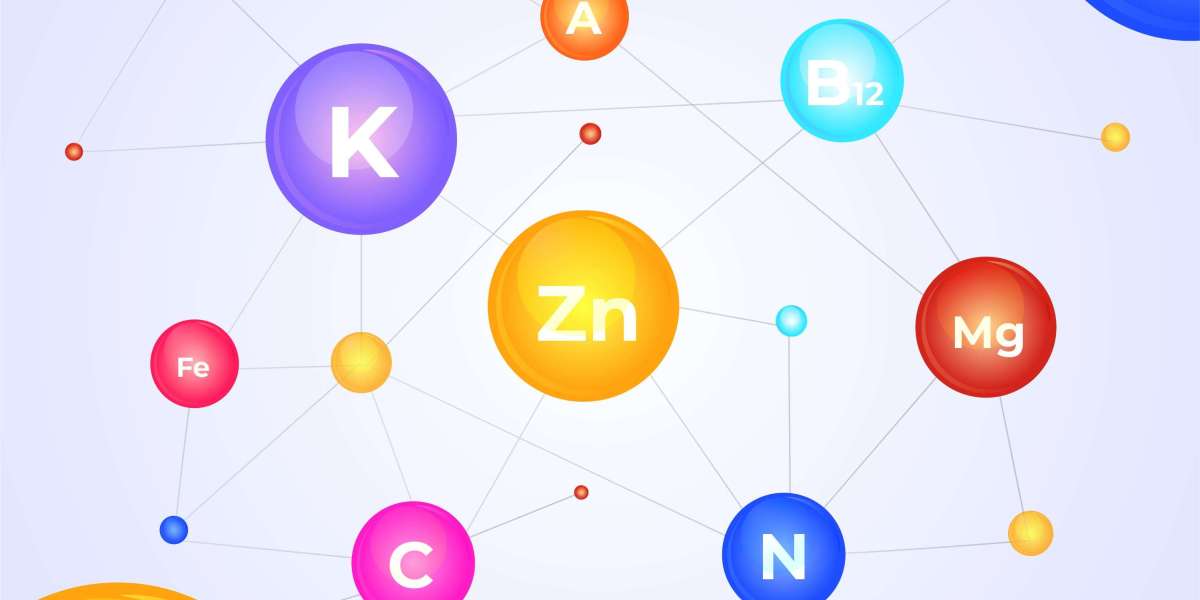Introduction
The zinc industry in India plays a significant role in the country's economy, driven by its extensive applications in various sectors such as construction, automotive, and infrastructure. Understanding the key statistics of this industry provides insights into its scale, growth, and impact. This article delves into the critical metrics and trends that define the zinc industry statistics in India.
Production Volume of Zinc in India
India is one of the largest producers of zinc in the world. The production volume of zinc is a vital statistic that reflects the industry's capacity and efficiency.
Annual Production: India produces approximately 800,000 to 900,000 metric tons of zinc annually.
Primary Producers: Hindustan Zinc Limited (HZL) is the largest producer, contributing over 80% of the country's zinc output.
Mining Operations: Key mining regions include Rajasthan, with major mines like Rampura Agucha.
Refinery Output: Zinc refineries across India process significant quantities of mined ore into usable metal.
Year-on-Year Growth: The production volume has been growing steadily, driven by increasing demand.
Global Ranking: India ranks among the top 10 zinc-producing countries globally.
Zinc Consumption Trends
The consumption trends of zinc in India are driven by its diverse applications across various industries.
Sectoral Usage: Major consuming sectors include galvanizing (60%), alloying (20%), and die-casting (10%).
Infrastructure Development: Rapid urbanization and infrastructure projects boost zinc demand.
Automotive Industry: Increasing vehicle production enhances zinc consumption for galvanizing steel.
Construction Boom: Zinc is extensively used in roofing, cladding, and other construction materials.
Yearly Growth Rate: Consumption of zinc in India has been increasing at a rate of 4-5% annually.
Per Capita Consumption: India's per capita zinc consumption is gradually rising, reflecting economic growth.
Import and Export Statistics
India's trade in zinc, including imports and exports, is a crucial aspect of the industry's economic footprint.
Export Volume: India exports around 200,000 metric tons of zinc annually.
Key Export Markets: Major export destinations include China, South Korea, and the United Arab Emirates.
Import Requirements: India imports zinc concentrates to supplement domestic mining.
Trade Balance: The country maintains a positive trade balance in refined zinc.
Tariffs and Duties: Import duties and tariffs impact the trade dynamics of zinc.
Export Growth: Export volumes have shown a consistent upward trend due to increasing global demand.
Employment in the Zinc Industry
The zinc manufacturing companies in India are a significant source of employment, providing jobs to thousands of workers.
Direct Employment: The industry directly employs over 20,000 individuals in mining, refining, and manufacturing.
Indirect Employment: Indirect employment, including logistics and ancillary services, supports an additional 50,000 jobs.
Skilled Workforce: Skilled labor in mining and metallurgical engineering is essential for the industry.
Training Programs: Companies invest in training programs to enhance worker skills and productivity.
Job Creation: New projects and expansions contribute to job creation in rural and urban areas.
Employment Trends: The employment rate in the zinc industry has been stable, with periodic growth aligned with industry expansion.
Financial Performance of Major Companies
The financial performance of major zinc manufacturing companies in India indicates the health and profitability of the industry.
Revenue Figures: Leading companies like Hindustan Zinc Limited report annual revenues exceeding INR 20,000 crores.
Profit Margins: The industry maintains healthy profit margins due to efficient operations and high demand.
Market Capitalization: Hindustan Zinc Limited, being the largest player, has a market cap of over INR 1.5 lakh crores.
Investment Trends: Continuous investments in technology and capacity expansion drive financial growth.
Dividend Policies: Major companies have attractive dividend policies for shareholders.
Stock Performance: The stock performance of leading zinc companies has been strong, reflecting investor confidence.
Technological Advancements
Technological advancements in the zinc industry in India enhance production efficiency and environmental sustainability.
Mining Technology: Adoption of advanced mining technologies improves ore extraction and processing.
Refining Processes: Modern refining processes increase metal recovery rates and purity.
Automation: Increased automation in mining and refining reduces labor costs and improves safety.
Sustainable Practices: Implementation of sustainable practices reduces environmental impact.
R&D Investment: Significant investments in research and development drive innovation.
Energy Efficiency: New technologies enhance energy efficiency, reducing operational costs.
Environmental Impact and Sustainability
The environmental impact and sustainability practices of the zinc industry in India are crucial for its long-term viability.
Emission Control: Companies implement measures to control emissions and reduce air pollution.
Waste Management: Efficient waste management practices minimize the impact on the environment.
Water Usage: Sustainable water usage and recycling practices are adopted to conserve resources.
Reclamation Projects: Mine reclamation projects restore mined areas to their natural state.
Regulatory Compliance: The industry complies with strict environmental regulations and standards.
Sustainability Initiatives: Companies engage in sustainability initiatives, including green energy projects.
Government Policies and Support
Government policies and support play a vital role in shaping the zinc industry in India, providing a conducive environment for growth.
Mining Policies: Favorable mining policies promote exploration and extraction activities.
Subsidies and Incentives: Government provides subsidies and incentives for technological upgrades and sustainability projects.
Trade Agreements: Bilateral and multilateral trade agreements facilitate export growth.
Regulatory Framework: A robust regulatory framework ensures industry compliance and environmental protection.
Infrastructure Development: Government investment in infrastructure supports industry growth.
Skill Development: Policies aimed at skill development enhance workforce quality and productivity.
Challenges Facing the Zinc Industry
The zinc industry in India faces several challenges that impact its growth and sustainability.
Resource Depletion: Depletion of high-grade zinc ores necessitates exploration of new reserves.
Environmental Regulations: Stringent environmental regulations require significant compliance efforts.
Market Volatility: Fluctuations in global zinc prices affect profitability.
Technological Gaps: Gaps in technology adoption can hinder productivity and efficiency.
Logistical Issues: Inadequate logistics infrastructure can lead to supply chain disruptions.
Competitive Pressure: Intense competition from global players impacts market share.
Future Outlook for the Zinc Industry
The future outlook for the zinc industry in India is promising, with several growth opportunities on the horizon.
Infrastructure Projects: Government infrastructure projects will drive demand for zinc.
Urbanization: Rapid urbanization will increase the need for galvanized steel in construction.
Technological Advancements: Continued technological advancements will enhance efficiency and reduce costs.
Export Potential: Increasing global demand presents significant export opportunities.
Sustainability Focus: Emphasis on sustainability will lead to greener practices and products.
Policy Support: Continued government support will create a favorable environment for growth.
Investment Opportunities
Investment opportunities in the zinc industry in India are abundant, driven by the sector's growth potential and economic significance.
Expansion Projects: Investing in expansion projects to increase production capacity.
Technology Upgrades: Funding technology upgrades to enhance efficiency and sustainability.
Research and Development: Investing in R&D for innovative solutions and new product development.
Market Expansion: Exploring new markets for exports to diversify revenue streams.
Sustainability Initiatives: Investing in sustainability initiatives to meet regulatory requirements and consumer expectations.
Public-Private Partnerships: Collaborating with the government on infrastructure and development projects.
Conclusion
The zinc industry statistics is a robust and vital sector with significant contributions to the economy. Key statistics such as production volumes, consumption trends, trade data, and financial performance highlight its strength and potential. Despite challenges, the industry is poised for growth, driven by technological advancements, government support, and increasing demand. Understanding these key statistics of the zinc industry in India provides valuable insights for stakeholders and investors, ensuring informed decision-making and strategic planning for the future.
To Get Real Time price of Zinc Visit: https://pricevision.ai
Source: https://diigo.com/0wqhqh







